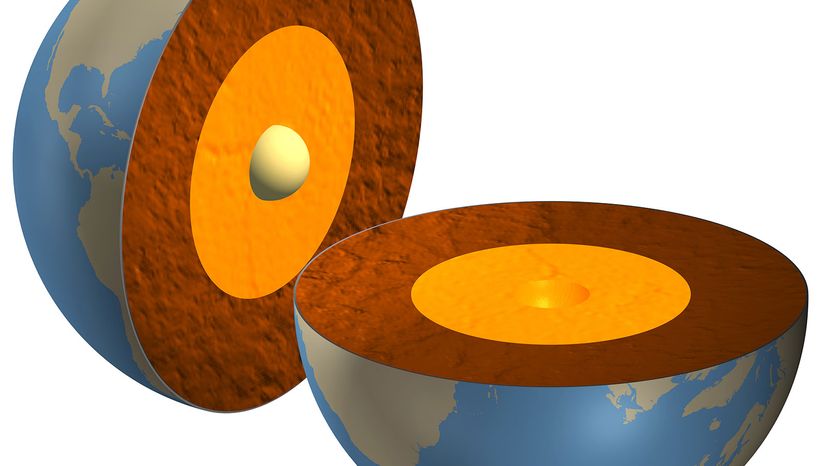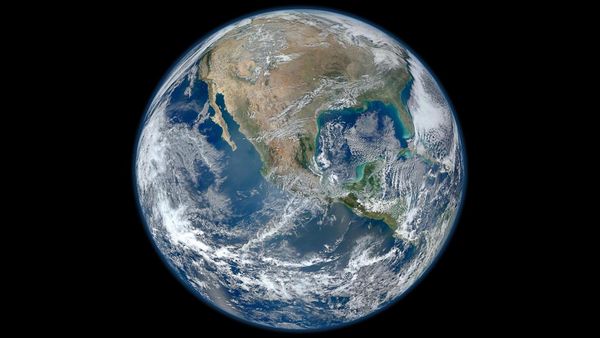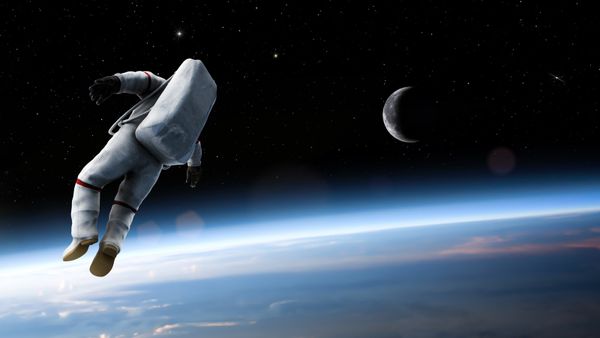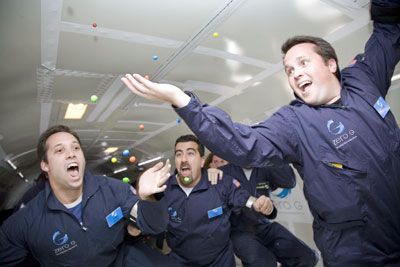
Want to really get away from it all? The farthest you can travel from home (and still remain on Earth) is about 7,900 miles (12,700 kilometers) straight down, but you'll have to journey the long way round to get there: 12,450 miles (20,036 kilometers) over land and sea.
Why not take a shortcut, straight down? You can get there in about 42 minutes — that's short enough for a long lunch, assuming you can avoid Mole Men, prehistoric reptiles and underworld denizens en route. Granted, most Americans would end up in the Indian Ocean, but Chileans could dine out on authentic Chinese, and Kiwis could tuck into Spanish tapas for tea [sources: NOVA; Shegelski].
Advertisement
Of course, you'd be in for a rough ride. First, you'd have to pass through 22-44 miles (35-70 kilometers) of continental crust (3-6 miles/5-10 kilometers on the ocean floor) followed by 1,800 miles (2,900 kilometers) of mantle. After that, you'd have to traverse a Mars-sized outer core of liquid iron churning as hot as the sun's surface (10,000 degrees F, or 5,500 degrees C), then a solid, moon-sized inner core, and, some studies suggest, a liquid innermost core [sources: Angier; Locke; NOVA].
For sake of argument (and survival) let's pretend Earth is a cold, uniform, inert ball of rock. While we're at it, let's ignore air resistance.
At Earth's surface, gravity pulls on us at 32 feet (9.8 meters) per second squared. That means that, for each second you fall, you speed up by 32 feet per second — but only near Earth's surface. Gravity is a function of mass, and mass is a property of matter. On the surface, all of Earth's matter lies below your feet but, as you fall, more and more of it surrounds you, exerting its own gravity. These horizontal tugs counterbalance each other and cancel out, but the increasing proportion of mass above your head exerts a growing counterforce to the proportionately decreasing mass below, so your acceleration slows as you near the core. At the planet's center, your acceleration due to gravity is zero — Earth's mass surrounds you, gravity cancels out and you are weightless [sources: Locke; Singh].
You're still moving at a heck of a clip, though, so don't expect to stop there. Halfway to the center, your speed hits 15,000 mph (24,000 kph); 21 minutes after jumping in, you blow past the center at 18,000 mph (29,000 kph). Another 21 minutes later, with gravity slowing you as you go, you reach the far side and stop briefly in midair. Unless someone catches you, you'll then head back the way you came and start all over again. In our idealized case, this will continue indefinitely, like a pendulum or a spring, in a process called harmonic motion [sources: Plait; Shegelski; UCSB].
Of course, reality has a tendency to intrude on even the best thought experiments.
Advertisement


